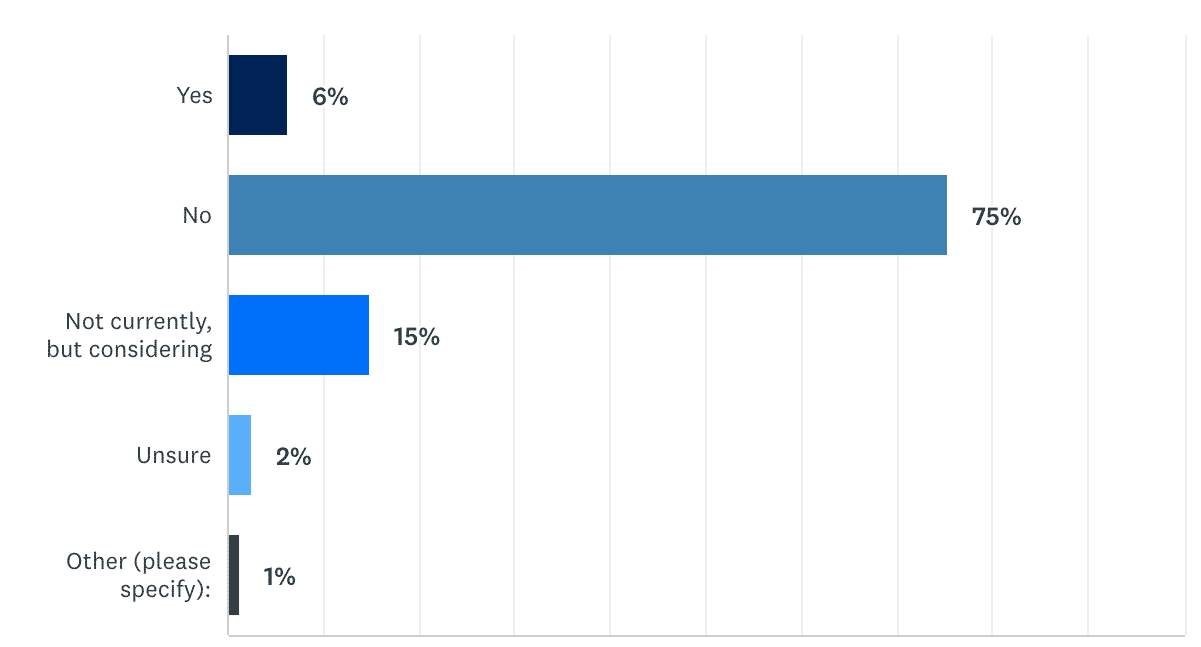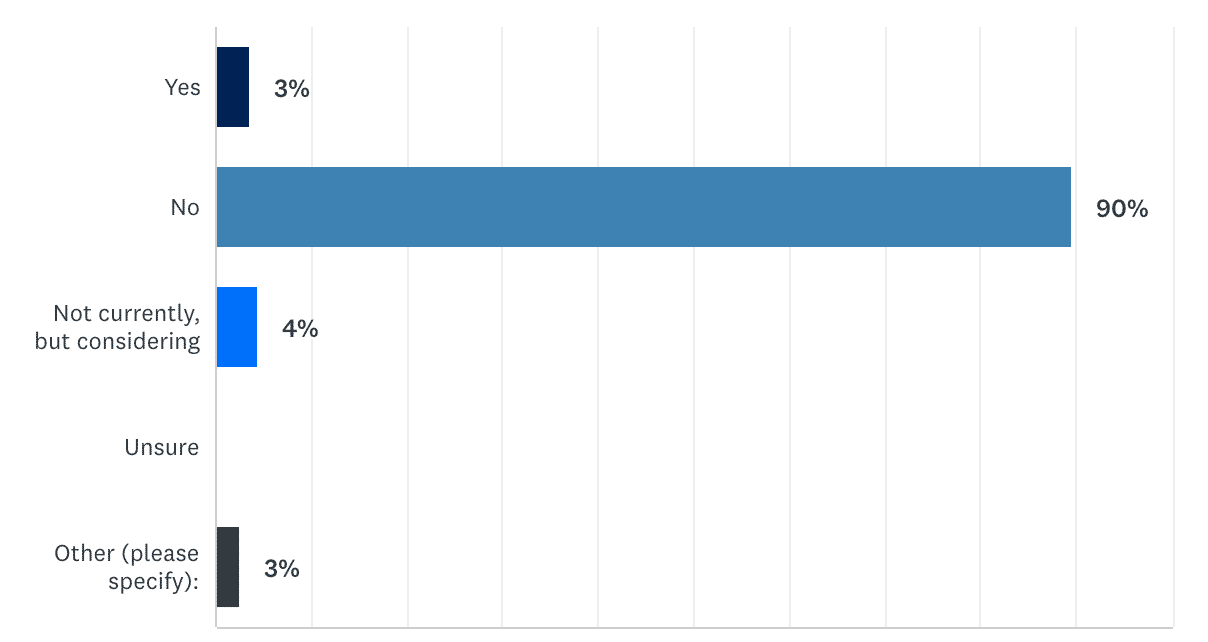Interoperability may be a geeky term for some multiple listing service (MLS) decision-makers and real estate practitioners, but it is becoming increasingly important to MLS operations. To remain relevant, better serve subscribers and not be overly reliant on a vendor for service, MLSs need to diversify their tech providers and ensure they deeply integrate with each other.
Interoperability is the ability for multiple MLS technologies to function in conjunction with each other to allow brokers and agents to serve their client’s needs and leverage data from different systems that support market analysis and analytics.
Facilitating cooperation between buying and selling agents has long been held as a core principle for MLSs, yet each format for the delivery of the real estate data has largely been offered with limited or no choice. These relationships span critical MLS services such as forms software, showing services, lockbox services, offer management, transaction management and more.
With the emergence of real estate technology over the past decade, brokerages and agents have access to a greater variety of technology solutions, which fuels expectations of individual choice based on a desire to provide differentiated service or out of a strong personal preference.
The facilitation of cooperation among competitors has been one of the greatest accomplishments of MLSs. Because of this central position, MLSs are uniquely positioned to drive technological cooperation among competitors. By diversifying their tech partner providers for distinct services, MLSs can encourage competition from providers that can lead to innovation and cost benefits.
Those MLSs who choose not to elevate the importance of interoperability when evaluating tech solutions will risk losing participants and subscribers due to a diminished ability to:
- Offer agents and consumers the ability to choose their preferred technologies
- Enable integrations with brokerage tech, across the various transaction tools, and among strategic MLS partners
- Ensure increased innovation and reduced inefficiencies by and between vendors
- Easily aggregate the data necessary to provide accurate and timely market information along with insightful analytics and historic realities.
Showing systems provide a good example of the need for MLSs to reduce exclusivity and encourage interoperability among tech vendors.
Showing services and interoperability
When MLS organizations only use or rely on one service provider for a specific service, as is the case with ShowingTime, options become limited when the service vendor is acquired by another company. So when Zillow Group recently acquired ShowingTime, many MLSs who did not wish to use the service provider after the acquisition faced a difficult decision of switching to a less-established showing service.
The vast majority of the nation’s 550-plus MLSs used ShowingTime exclusively according to a May 2021 T3 Sixty survey of MLS executives. In fact, the survey showed that 90 percent of MLSs offer only one showing solution, while only 6 percent offered more than one showing solution.

Due to MLSs not offering more than one showing solution or focusing on interoperability among providers, they could not easily, quickly or inexpensively respond to pressure from subscribers who wanted to use different solutions because the sudden change in ownership in the service provider. Just this month, three of the nation’s largest MLSs — CRMLS, Bright MLS and MRED — announced they would work to develop a standardized data solution for showing services to facilitate the ability to offer more than one showing tool.
This real-world interoperability scenario is likely to play out again over the course of the next few years, as many MLSs have contracts with certain service providers while the technology companies in the industry are consolidating. Lockboxes, for example, are another critical solution with dominant providers that MLSs overwhelmingly offer exclusively. T3 Sixty’s MLS executive survey in May 2021 revealed that 94 percent of MLSs offer just one MLS service, dominated by Supra and SentriLock.
Do you offer those you serve more than one electronic Lockbox service?

Takeaway
MLS decision-makers can advance the interoperability of real estate technologies by prioritizing technology advancements, standardization of data and business rules , such as those developed by the Real Estate Standards Organization (RESO), and implementing forward-thinking business practices to increase broker, agent and consumer choice, cross-platform and cross-organization integrations, accelerated innovation, and enhanced data and analytics.
If you want expert help in evaluating your interoperability status and tech options, reach out to, Clint Skutchan, head of T3 Sixty’s organized real estate consulting division, at clint@t360.com.
